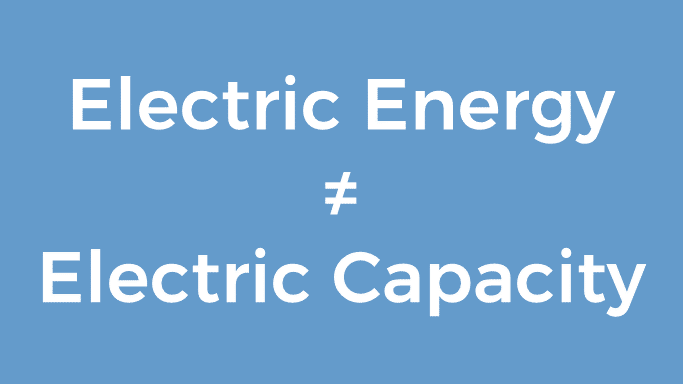Update: Since this blog was published TVA adjusted the rules of its Flexibility Program to multiply solar capacity by a factor of 0.4 so that LPCs can generate up to 3% of their load rather than the 1-2% calculations based on the draft rules described here. The program is described as Alternative B in the Final Environmental Assessment.
The Tennessee Valley Authority (TVA) has locked most of its local utility customers into long-term, one-sided contracts with few offerings of interest to utility customers: among these are a small rate rebate and the promise to utilities that they will have the flexibility provided to most other utilities in the country by being able to self-generate “up to 5%” of the energy needed to meet local needs. We have written before about why these contracts are a bad deal for local utilities, and those arguments are only further cemented by the fact that TVA has now skewed the rules of its new Flexibility Program so that instead of the 5% promised, local utilities will be able to meet, at most, 1-2% of energy needs.
The details of this program seem intentionally designed to limit the “flexibility” TVA has promised to its utility customers in exchange for signing away most of their leverage with TVA. It’s a classic bait and switch.

How does TVA get away with telling local utilities that, really, 1-2% = 5%? Let’s break it down.
The obvious route would be for TVA to base the program on the local utility’s total energy needs, and allow 5% of that total to be met with locally-controlled power generation. This logical approach is the way renewable energy mandates work in a number of states across the country. Instead, TVA picked “average hourly capacity” as the metric to set a cap on how much local, flexible energy its utility customers can install. This is not a metric that is commonly used in the utility space.
Under the program as TVA has designed it, the only way for local utilities to meet 5% of energy needs under this program would be to install a power plant that runs 24 hours a day 7 days a week all year long. That is unrealistic for a number of reasons. No power plants can do that for an entire year, and the vast majority are used far less than half the time.

Why should TVA’s utility customers to have the flexibility to self-generate?
Local utilities have more direct oversight from customers than virtually-unregulated-TVA, and customers across the Valley have made it clear they want their electricity to be generated from more clean energy resources. However, over the last few years TVA has taken steps to block residential and small business customers from earning their fair share if they install solar, deceive the public about how much solar TVA plans to add to its portfolio, and institute rate structures that are specifically designed to disincentivize distributed clean energy resources like rooftop solar and energy efficiency.
The more flexibility local utilities have, the more local solar can be installed, bringing with it clean energy benefits like jobs, improved health, climate change mitigation, and the ability to attract new residents and businesses.
Thankfully, the program is not yet finalized. It is still required to go through environmental review, and we all have an opportunity to weigh in by May 4. Join us in sending comments that tell TVA to stick to its original promise and allow local utilities to self-generate the full 5% of energy needs.